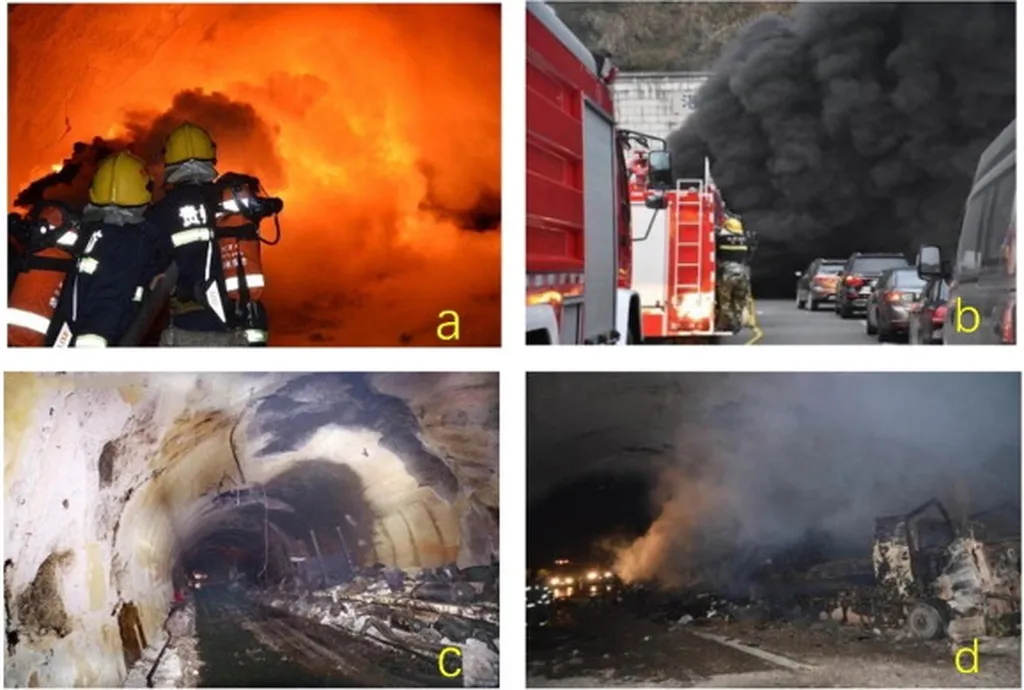In the shadowy expanse of road tunnels, a silent contributor to fire risk has long been overlooked: the asphalt pavement beneath our wheels. A recent study, published in *Case Studies in Construction Materials* (translated as *Case Studies in Building Materials*), is shedding light on this often-ignored hazard, with significant implications for the energy sector and infrastructure development.
Marta Galuppi, a researcher from the Department of Chemical Engineering, Materials & Environment at the University of Rome Sapienza, has been delving into the fire behavior of asphalt pavements in road tunnels. Her work, which combines experimental data and computational fluid dynamics (CFD) simulations, is challenging the status quo and prompting a rethink of tunnel design and safety measures.
“Asphalt is a combustible material, and when it burns, it can significantly increase the fire load, smoke emissions, and the release of toxic gases,” Galuppi explains. “This can complicate self-evacuation efforts, putting lives at risk.”
The study compares two scenarios: a 50 MW fire in a 999-meter-long tunnel with asphalt pavement and one with concrete pavement. The results are stark. “Our simulations show that concrete pavements lead to safer evacuation conditions, with fewer fatalities,” Galuppi reveals.
The commercial impacts of this research are substantial. With some European countries already mandating or recommending concrete for tunnel pavements, the findings could accelerate this trend, opening up new markets for concrete suppliers and creating opportunities for innovative, fire-resistant asphalt alternatives.
Moreover, the study’s risk-based design approach could become a game-changer in the industry. By quantifying the risks associated with asphalt pavements, it provides a robust framework for decision-making, enabling stakeholders to balance cost, performance, and safety more effectively.
The research also underscores the importance of understanding the emission pollutants from burning asphalt. As Galuppi notes, “The toxic gases released can have serious health implications, not just during the fire but also in the long term.”
Looking ahead, this work could shape future developments in tunnel design, fire safety regulations, and pavement materials. It may also spur further research into the fire behavior of other construction materials, driving innovation and enhancing safety standards across the board.
As the energy sector continues to invest in large-scale infrastructure projects, this study serves as a timely reminder of the need to consider all potential hazards. In the words of Galuppi, “Safety should always be at the forefront of our minds. After all, the lives of those who use our tunnels depend on it.”

